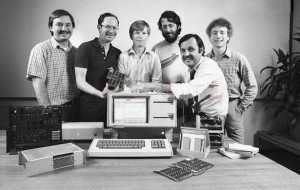Archive for July 2023
First Man to Drive on the Moon
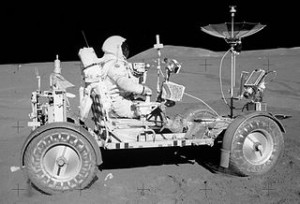
Using the battery-powered Lunar Roving Vehicle (LRV), Astronaut David Scott of the Apollo 15 mission becomes the first person to drive a vehicle on the Moon. The LRV was used during the last three missions to the Moon, Apollo 15, 16, and 17. The three LRVs used during the missions still remain on the surface of the moon.
Apple Lisa is Born
July 30, 1979
Apple begins work on the Lisa, which would become the world’s first commercial computer with a graphical user interface. Originally intended to sell for $2,000 and ship in 1981, the Lisa is delayed until 1983 and sells for $10,000. Utilizing technology that is ahead of its time, the high cost, relative lack of software, and some hardware reliability issues ultimately sink the success of the Lisa. However, much of the technology introduced by the Lisa influenced the development of the Macintosh as well as other future computer and operating system designs.
First Transcontinental Phone Call
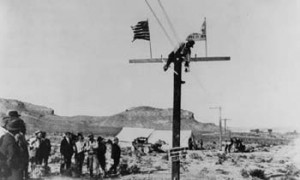
The first test call is made on the newly completed transcontinental telephone line, taking place between New York and San Francisco. The last pole was erected and the line completed two days earlier on July 27th, but commercial service did not start until January 25th of the next year. The sixth month delay was due to AT&T’s wish to publicize the service in conjunction with San Francisco’s 1915 World Fair.
IBM’s First Desktop Computer
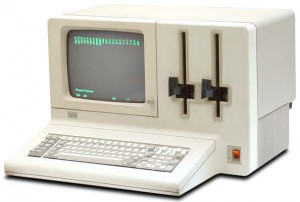
IBM introduces their System/23 Datamaster desktop computer, only two weeks before they introduce their IBM PC. Geared towards small business for use as a word processor and data processor, the computer was designed to be set up by end-users without the need of a computer specialist. While now a footnote in history, the importance of the Datamaster is that many of the team members that developed it were re-assigned to the secret IBM PC project. Much of the knowledge they acquired working on the Datamaster went into developing the IBM PC as quickly as possible. For example, the choice of the Intel 8088 processor in the IBM PC was based on the team’s familiarity with the similar Intel 8085 processor used in the Datamaster.
Microsoft Buys Full Rights to 86-DOS
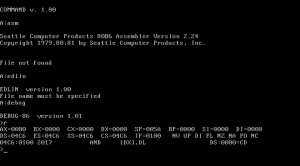
About two weeks before IBM begins shipping the first IBM PC, Microsoft buys the full rights to the operating system 86-DOS, formerly known as QDOS (Quick and Dirty Operating System), from Seattle Computer Products for $50,000. Microsoft had previously paid $25,000 to SCP for a non-exclusive license in December 1980 in order to begin porting the operating system to the IBM PC, which used the Intel 8088 processor. Microsoft renamed 86-DOS to MS-DOS and licensed it to IBM as PC-DOS. SCP would later sue Microsoft claiming fraud because Microsoft did not reveal IBM as a licensee. The case was settled in SCP’s favor for 1 million dollars, a fraction of the annual revenue Microsoft was receiving from MS-DOS and PC-DOS.

